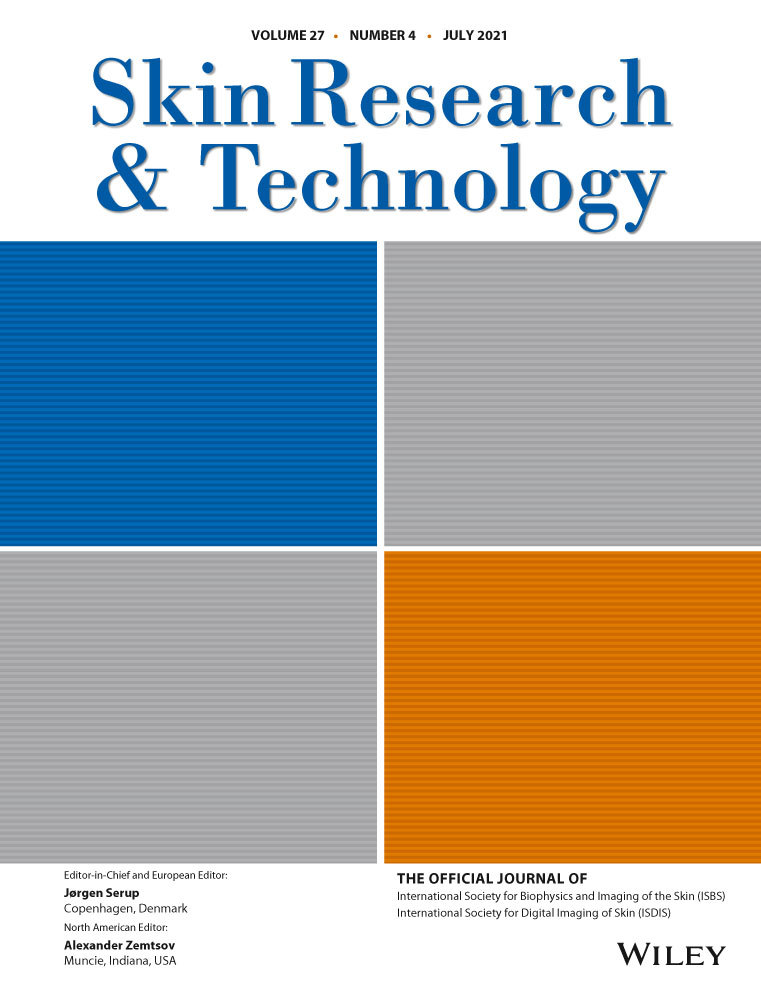Inter-observer evaluation of erythema-directed photography for the assessment of erythema and telangiectasias in rosacea
Abstract
Background
Persistent centrofacial erythema associated with telangiectasias is one of the most common phenotypes of rosacea in clinical practice, and the assessment of each component is crucial as each of them may require a different approach. The aim of this study was to evaluate the inter-observer reliability of standard photography vs erythema-directed photography for the assessment of erythema and telangiectasias in rosacea.
Materials and methods
One hundred full-face images of 50 rosacea patients (50 standard photographs and 50 erythema-directed digital photographs) were evaluated by 8 independent experienced dermatologists using a 5-item score for erythema and telangiectasias, respectively. Inter-rater reliability, by comparing erythema and telangiectasias scores and calculating the percentage of agreement between evaluators, was assessed and the strength of agreement using the Cohen's Kappa values (95% CI) was calculated.
Results
Poor and fair strength of agreement for erythema and telangiectasias using standard photography vs moderate and good strength of agreement using erythema-directed digital photography was found.
Conclusion
Erythema-directed digital photography may provide a better strength of agreement and higher reliability among independent observers compared to standard photography in the assessment of erythema and telangiectasias in rosacea, thus suggesting new horizons for digital appraisal of skin diseases.




